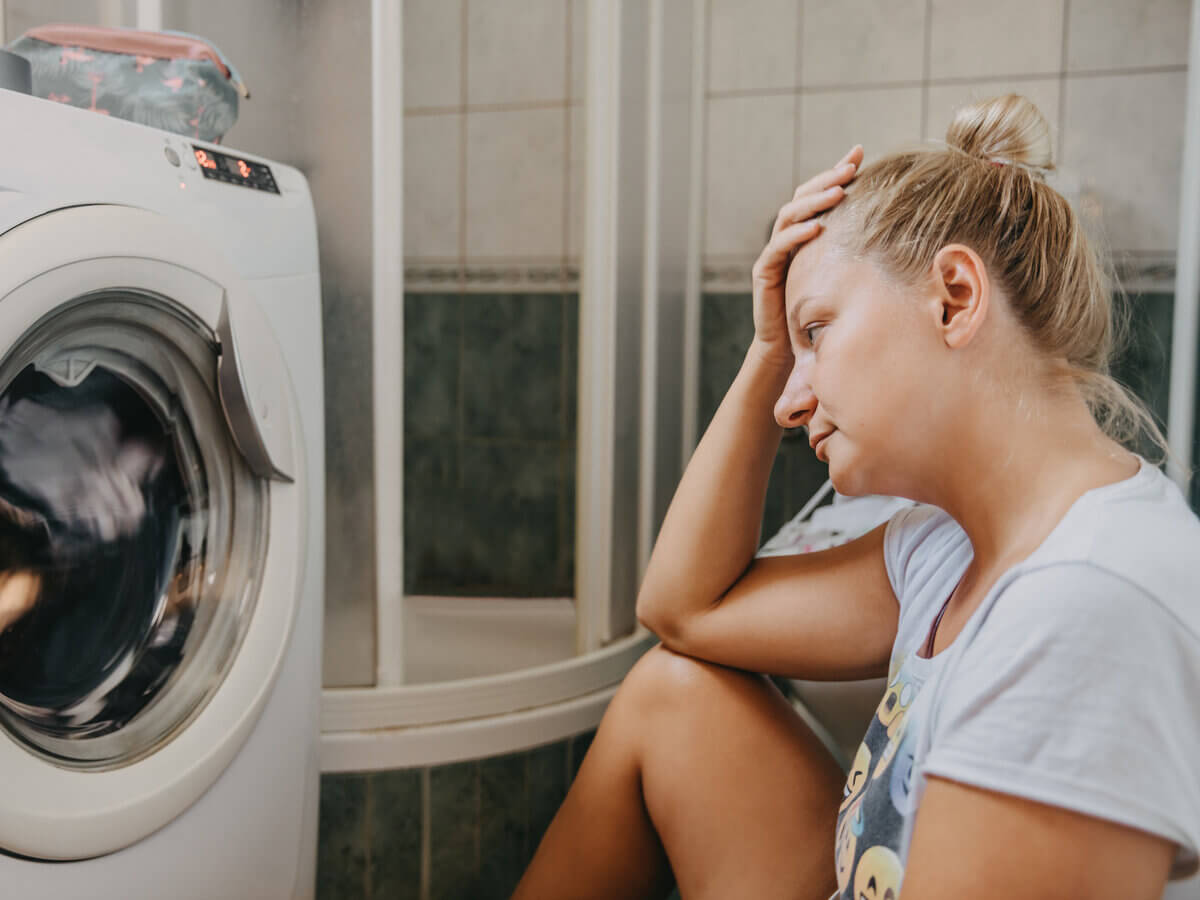

Articles
Why Does My Washer Keep Stopping
Modified: August 25, 2024
Discover the reasons why your washer keeps stopping and find helpful articles for troubleshooting and fixing the issue.
(Many of the links in this article redirect to a specific reviewed product. Your purchase of these products through affiliate links helps to generate commission for Storables.com, at no extra cost. Learn more)
Introduction
Having your washing machine suddenly stop in the middle of a cycle can be frustrating and inconvenient. You may be left wondering why your washer keeps stopping and how to resolve the issue. It is important to understand that there can be several factors that contribute to this problem. In this article, we will explore the common reasons why your washer may be stopping unexpectedly and provide troubleshooting steps to help you resolve the issue.
It should be noted that while some of the troubleshooting steps mentioned in this article can be performed by homeowners, it is always recommended to consult a professional if you are unsure or uncomfortable performing any repairs or maintenance on your washing machine.
Key Takeaways:
- Properly distribute your laundry load to avoid overloading the washer’s drum, which can lead to unexpected stoppages and potential damage to the motor and other components. Follow manufacturer’s load capacity recommendations for optimal performance.
- Regularly inspect and maintain the drain pump, door lock mechanism, motor, belt, water supply, and control board to prevent unexpected washer stoppages. Following manufacturer’s guidelines and performing routine maintenance can prolong the lifespan of your washer.
Read more: Why Does My Ryobi Trimmer Keep Stopping
Common Reasons for Washer Stopping
When your washer suddenly stops, it can be frustrating trying to figure out the cause. Here are some common reasons why your washer may be stopping unexpectedly:
- Overloaded Drum: One of the most common reasons for washer stoppage is overloading the drum. Loading too many clothes into the washer can put excessive pressure on the motor and cause it to overheat, triggering a safety mechanism that shuts off the machine.
- Unbalanced Load: If the load inside the washer is not evenly distributed, it can cause the machine to become unbalanced during the spin cycle. In response, the washer may automatically stop to prevent damage or excessive vibration.
- Clogged or Faulty Drain Pump: A clogged or malfunctioning drain pump can also cause your washer to stop. If water is unable to properly drain from the machine, it can trigger a safety mechanism that halts the cycle to prevent flooding or damage to the pump.
- Defective Door Lock: If the door lock mechanism is faulty or not functioning correctly, the washer may stop as a safety precaution to prevent injury or water leaks. The door lock ensures that the door remains securely closed during the wash cycle.
- Malfunctioning Motor or Belt: Issues with the motor or belt can cause the washer to stop unexpectedly. A worn-out or defective belt may slip or break, while a malfunctioning motor may overheat and shut off as a safety measure.
- Water Supply Issues: Problems with the water supply, such as restricted water flow or inadequate pressure, can cause the washer to stop. This can occur if the water inlet valve is clogged or malfunctioning.
- Faulty Control Board: The control board acts as the brain of the washer, governing various functions and cycles. If the control board malfunctions or experiences an electrical issue, it may cause the washer to stop mid-cycle.
These are just some of the common reasons why your washer may be stopping unexpectedly. By understanding these potential causes, you can begin to troubleshoot and resolve the issue.
Overloaded Drum
One of the most common reasons for a washer to stop is an overloaded drum. It can be tempting to cram as many clothes as possible into a single load to save time, but this can put a strain on your washer’s motor and cause it to overheat.
When the drum is overloaded, it becomes difficult for the motor to rotate it properly. This can result in excessive friction and heat buildup, leading to the motor shutting off as a safety precaution.
To avoid overloading the drum, it is important to follow the manufacturer’s recommendations for load capacity. Each washing machine has a specific weight limit that it can handle effectively. Overloading the drum not only causes the washer to stop, but it can also lead to poor cleaning performance and increased wear and tear on the machine.
If you suspect that an overloaded drum is the cause of your washer stoppage, here are some steps you can take to resolve the issue:
- Remove some clothes from the drum to reduce the load. It is recommended to fill the drum to about 75% of its capacity.
- Distribute the remaining clothes evenly around the drum. Ensure that they are not clumped together on one side.
- If you frequently find yourself dealing with large loads of laundry, consider upgrading to a washer with a larger drum capacity. This will allow you to wash larger loads without overloading the machine.
By properly managing your laundry load and avoiding overloading the drum, you can prevent your washer from stopping unexpectedly and prolong its lifespan.
Unbalanced Load
Another common reason for a washer to stop unexpectedly is an unbalanced load. During the spin cycle, the washer rotates the drum at high speeds to remove excess water from the clothes. If the load inside the drum is not evenly distributed, it can cause the machine to become unbalanced.
When the washer detects an imbalance, it activates a safety feature that automatically stops the machine to prevent damage or excessive vibration. This is done to protect the drum, motor, and other internal components.
To address an unbalanced load and prevent your washer from stopping, try the following steps:
- Open the washer and redistribute the clothes inside the drum. Spread them out evenly to create a balanced load.
- Remove any heavy items or large pieces that may be causing the imbalance. Separate them and wash them separately to ensure a more balanced load.
- If the problem persists, you may need to adjust the leveling feet of the washer. Use a level to determine if the machine is sitting evenly on the floor. If not, adjust the feet until it is balanced.
- Ensure that the washer is on a solid and stable surface. If it is sitting on an uneven or unstable surface, it can contribute to an unbalanced load.
Regularly checking and addressing unbalanced loads can help prevent your washer from stopping unexpectedly and improve its overall performance. It is also important to note that certain types of laundry, such as bulky items or blankets, may require manual redistributing to achieve a balanced load.
By taking these steps and ensuring that your washer has a properly balanced load, you can minimize the chances of it stopping mid-cycle due to an unbalanced load.
Clogged or Faulty Drain Pump
A clogged or faulty drain pump can also be a common reason for your washer to stop unexpectedly. The drain pump is responsible for removing the water from the machine after each cycle. If it becomes clogged or malfunctions, the water cannot properly drain, causing the washer to stop as a safety precaution.
To determine if a clogged or faulty drain pump is the cause of the washer stopping, you can try the following troubleshooting steps:
- Check for any visible debris or foreign objects in the pump filter or drain hose. These can obstruct the flow of water and cause a clog. Clean or remove any obstructions you find.
- Inspect the pump impeller for any damage or blockages. The impeller is a small fan-like device that helps pump the water out. If it is not spinning freely or is obstructed, it may need to be cleaned or replaced.
- Ensure that the drain hose is not kinked or twisted, as this can also impede the water flow. Straighten out any kinks or twists to allow for proper drainage.
- If you suspect a faulty drain pump, you may need to replace it. Contact a professional or refer to the manufacturer’s instructions for guidance on replacing the drain pump.
Regular maintenance, such as cleaning the pump filter and checking for obstructions, can help prevent clogs and ensure the proper functioning of the drain pump. It is also a good idea to avoid washing items that may shed fibers or small particles, as these can contribute to pump clogs over time.
By addressing any clogs or issues with the drain pump, you can help prevent your washer from stopping unexpectedly and ensure efficient water drainage after each cycle.
Read more: Why Does My Ryobi Lawn Mower Keep Stopping
Defective Door Lock
A defective door lock mechanism can cause your washer to stop unexpectedly. The door lock is an essential safety feature that ensures the door remains securely closed during the wash cycle to prevent water leaks and potential injury.
If the door lock is not functioning correctly, it may trigger the washer to stop as a safety precaution. Here are some steps to troubleshoot and address a defective door lock:
- Inspect the door lock mechanism to ensure that it is not visibly damaged or misaligned. If you notice any issues, contact a professional or refer to the manufacturer’s instructions for guidance on repair or replacement.
- Check if the door is closing properly and making contact with the door lock. If it is not, adjust the door or latch to ensure a proper connection with the lock.
- Clean the door lock and latch area to remove any dirt or debris that may be obstructing its functioning. Use a soft cloth and mild detergent to gently clean the components.
- If all else fails, it may be necessary to replace the door lock mechanism. Contact a professional or refer to the manufacturer’s instructions for guidance on obtaining and installing a new door lock.
It is important not to force the door open if the washer has stopped due to a defective door lock. Doing so may cause damage to the machine or lead to water leaks. Instead, focus on troubleshooting and resolving the issue with the door lock.
Regularly inspecting and maintaining the door lock mechanism can help prevent unexpected washer stoppages and ensure the safety and efficiency of your appliance.
Malfunctioning Motor or Belt
A malfunctioning motor or belt can be another common reason for your washer to stop unexpectedly. The motor and belt are essential components that work together to drive the drum and facilitate the washing and spinning cycles.
If the motor or belt is not functioning properly, it can cause the washer to stop mid-cycle. Here are some troubleshooting steps to address a malfunctioning motor or belt:
- Check for any visible signs of damage or wear on the motor or belt. Look for frayed or broken belts, loose connections, or burnt-out motor components. If any issues are detected, contact a professional or refer to the manufacturer’s instructions for repair or replacement.
- Ensure that the belt is properly aligned and tensioned. A loose or misaligned belt can cause slipping and may result in the washer stopping. Adjust the belt if necessary, following the manufacturer’s guidelines.
- Check for any obstructions or debris that may be interfering with the motor’s functioning. Clean the area around the motor and remove any foreign objects that could impede its performance.
- If you suspect a motor issue, such as overheating or failure, it is best to seek professional help or contact the manufacturer for guidance on repair or replacement.
Regular maintenance, such as cleaning and inspecting the motor and belt, can help prevent issues and ensure optimal performance. Additionally, avoid overloading the washer, as this can put added strain on the motor and belt, leading to premature wear and potential failures.
By addressing any malfunctioning motor or belt issues promptly, you can prevent unexpected washer stoppages and keep your appliance running smoothly.
Water Supply Issues
Water supply issues can cause your washer to stop unexpectedly. Problems with the water supply can disrupt the normal functioning of the machine and trigger safety mechanisms that halt the cycle. Here are some common water supply issues and troubleshooting steps:
- Check the water inlet hoses for any kinks, twists, or obstructions. Straighten out any kinks and ensure that the hoses are properly connected to the water supply and the back of the washer.
- Inspect the water inlet valve for clogs or debris. The inlet valve controls the flow of water into the machine. If it is clogged or malfunctioning, it can restrict the water supply or cause the washer to stop. Clean or replace the inlet valve if necessary.
- Verify that the water supply to your home or laundry area is not experiencing any interruptions or low pressure. Consult with your water utility provider if you suspect a problem with the supply to your home.
- If the washer is connected to a hot water supply, check if the hot water faucet is turned on and supplying hot water properly. A lack of hot water can cause the washer to stop if it is unable to reach the desired temperature for certain cycles.
- Ensure that the water level setting on the washer is appropriate for your load. If the water level is set too low, it may not accurately detect the water level and cause the washer to stop. Adjust the water level setting if needed.
Regularly checking and maintaining the water supply to your washer can help prevent unexpected stoppages and ensure consistent performance. It is also important to follow the manufacturer’s recommendations regarding water pressure and temperature for your specific washer model.
If you are unable to resolve the water supply issues on your own, it is recommended to contact a professional plumber or appliance technician for assistance.
Faulty Control Board
A faulty control board can also be a common reason for your washer to stop unexpectedly. The control board serves as the brain of the washer, regulating various functions and cycles. If the control board experiences a malfunction or electrical issue, it can cause the washer to stop mid-cycle.
When troubleshooting a faulty control board, here are some steps you can take:
- Check for any error codes or displays on the control panel. Error codes can provide valuable information about the specific issue the washer is experiencing. Refer to the manufacturer’s manual or online resources to decipher the error codes and determine the necessary troubleshooting steps.
- Perform a power reset by unplugging the washer from the power outlet for a few minutes. This can help reset the control board and resolve temporary electrical glitches.
- If the issue persists, inspect the control board for any visible signs of damage, such as burnt-out components or loose connections. If any issues are detected, it is advisable to seek professional help or contact the manufacturer for repair or replacement.
- In some cases, a firmware update or software reset may be required to address control board issues. Check the manufacturer’s website or contact their customer support for guidance on performing updates or resets.
It is important to note that control board repairs or replacements should be handled by professionals or authorized technicians to avoid further damage to the appliance.
Regular maintenance and care of your washer, such as avoiding power surges and electrical problems, can help prolong the life of the control board and prevent unexpected stoppages.
By addressing any issues with a faulty control board promptly, you can ensure the smooth operation of your washer and minimize the chances of it stopping unexpectedly.
Check the power source and make sure the washer is plugged in properly. Also, check for any tripped circuit breakers or blown fuses that may be causing the washer to stop.
Troubleshooting Steps for Washer Stopping
If your washer keeps stopping unexpectedly, there are several troubleshooting steps you can take to identify and resolve the issue. Here are some common steps to follow:
- Distribute the Load Evenly: Overloading the drum or having an unbalanced load can cause the washer to stop. Ensure that you distribute the clothes evenly around the drum and avoid overloading it beyond its recommended capacity.
- Check and Clean the Drain Pump: A clogged or faulty drain pump can lead to water not draining properly and trigger the washer to stop. Check the pump filter and drain hose for any debris or obstructions, and clean or remove them as necessary.
- Inspect the Door Lock Mechanism: A defective door lock can cause the washer to stop as a safety precaution. Ensure that the door is closing properly and making contact with the lock. Clean or replace the door lock mechanism if necessary.
- Inspect the Motor and Belt: A malfunctioning motor or belt can cause the washer to stop unexpectedly. Check for any signs of damage or wear on the motor and belt, and address any issues found. Adjust and align the belt as needed.
- Verify Proper Water Supply: Check the water inlet hoses for any kinks or obstructions, and ensure that the water inlet valve is functioning properly. Verify that there is adequate water pressure and temperature for the washer’s needs.
- Reset or Replace the Control Board: If you suspect a faulty control board, try performing a power reset by unplugging the washer for a few minutes. If the issue persists, consult the manufacturer for further instructions on resetting or replacing the control board.
If you are unsure or uncomfortable performing any of the troubleshooting steps, it is recommended to consult a professional or contact the manufacturer’s customer support for assistance. They can provide specific guidance and help diagnose and resolve the issue.
Remember, regular maintenance and care of your washer, along with attention to these troubleshooting steps, can help prevent unexpected stoppages and keep your appliance running smoothly.
Distribute the Load Evenly
One of the most important troubleshooting steps for a washer that keeps stopping unexpectedly is to ensure that the load inside the drum is distributed evenly. Overloading the drum or having an unbalanced load can cause excessive strain on the motor and other components, leading to the washer stopping mid-cycle.
Here are some tips and steps to follow to distribute the load evenly:
- First, remove some clothes from the drum if it appears overloaded. It is crucial to fill the drum only up to about 75% of its capacity to allow enough space for proper agitation and movement during the wash cycle.
- Next, spread the remaining clothes evenly throughout the drum. Take care to avoid clumping or bunching the clothes together on one side, as this can create imbalances during the spin cycle.
- If you have items that are particularly heavy, such as towels or jeans, try to distribute them evenly among the lighter garments. This will help distribute the weight more evenly and reduce strain on the motor.
- Avoid washing single bulky items, such as large blankets or comforters, on their own. These items can create imbalances and put excessive strain on the washer. Instead, wash them with a few smaller items to distribute the weight and create a more balanced load.
- Regularly check for any obstructions or foreign objects, such as coins or small items, that may have become trapped in the drum. These objects can cause imbalances and lead to washer stoppages. Remove any obstructions before starting a new cycle.
By following these steps and ensuring that the load is distributed evenly, you can help prevent unexpected washer stoppages and improve the performance and longevity of your machine. Additionally, maintaining a balanced load reduces wear and tear on the motor, belt, and other components, which can ultimately save you money on repairs and replacements.
If you consistently find yourself dealing with large loads of laundry, it may be worth considering upgrading to a washer with a larger drum capacity. This will allow you to wash larger loads without overloading the machine, ensuring optimal performance and reducing the risk of washer stoppages.
Check and Clean the Drain Pump
A clogged or faulty drain pump can cause your washer to stop unexpectedly. The drain pump is responsible for removing water from the machine after each cycle. When the drain pump becomes clogged with debris or malfunctions, it can hinder proper water drainage and trigger a safety mechanism that stops the washer.
To troubleshoot and address a clogged or faulty drain pump, follow these steps:
- Start by unplugging the washer from the power source to ensure your safety.
- Locate the drain pump, which is usually located at the bottom front or back of the machine.
- Check for any visible debris or obstructions, such as lint, coins, or small objects, inside the pump or the pump filter.
- If you find any debris, carefully remove it using pliers or tweezers. Take caution to prevent injury and avoid causing further damage to the pump.
- Inspect the drain hose for any blockages. Remove the hose from the pump and check for any obstructions or kinks that may be preventing proper water flow.
- Clean the drain pump and filter by rinsing them under running water. Use a soft brush or cloth to remove any stubborn dirt or residue.
- Once the pump and filter are clean and free of debris, reattach the hose and ensure it is securely fastened.
- Plug the washer back into the power source and run a test cycle to check if the draining issue has been resolved.
Regularly checking and cleaning the drain pump and filter can help prevent clogs and ensure optimal water drainage. It is recommended to perform this maintenance task at least once every few months, or more frequently if you notice any signs of water drainage issues or washer stoppages.
If after cleaning the drain pump the issue persists, or if you suspect a malfunctioning drain pump, it is best to contact a professional technician or the manufacturer’s customer service for further assistance and possible repair or replacement.
Inspect the Door Lock Mechanism
A faulty door lock mechanism can cause your washer to stop unexpectedly. The door lock serves as an essential safety feature, ensuring that the door remains securely closed during the wash cycle to prevent water leaks and potential injury. If the door lock is not functioning properly, it may trigger the washer to stop as a safety precaution.
To troubleshoot and address a defective door lock, follow these steps:
- Start by disconnecting the washer from the power source to ensure your safety.
- Inspect the door lock mechanism for any visible damage, misalignment, or loose components. Check if the latch is engaging properly and making full contact with the lock.
- If you notice any issues, such as broken or damaged parts, or misalignment, it may be necessary to contact a professional technician or refer to the manufacturer’s instructions for repair or replacement of the door lock mechanism.
- Clean the door lock and latch area using a soft cloth and mild detergent. This will remove any dirt, debris, or lint that may be obstructing the proper functioning of the door lock.
- Check the door gasket or seal for any signs of damage or wear. A damaged gasket can lead to water leaks and affect the performance of the door lock mechanism.
- If the door lock issue persists after cleaning and inspecting, it may be necessary to contact a professional technician or the manufacturer’s customer service for further assistance and potential replacement of the door lock.
It is important not to force the door open if the washer has stopped due to a defective door lock. Forcing the door open can cause damage to the machine or lead to water leaks. Instead, focus on troubleshooting and resolving the issue with the door lock to ensure proper functioning and avoid any potential risks.
Regularly inspecting and maintaining the door lock mechanism can help prevent unexpected washer stoppages and ensure the safety and efficiency of your appliance.
Inspect the Motor and Belt
A malfunctioning motor or belt can be a common reason for your washer to stop unexpectedly. The motor and belt work together to drive the drum and facilitate the washing and spinning cycles. If either the motor or belt is not functioning properly, it can cause the washer to stop mid-cycle. Here are some steps to inspect the motor and belt:
- Start by disconnecting the washer from the power source for your safety.
- Locate the motor and belt. The motor is typically found at the bottom or back of the washer, while the belt connects the motor to the drum.
- Visually inspect the motor and belt for any signs of damage, wear, or misalignment. Look for frayed or broken belts, loose connections, or burnt-out motor components.
- If you notice any issues, such as a damaged belt or a malfunctioning motor, it is recommended to contact a professional technician or refer to the manufacturer’s instructions for repair or replacement.
- Check the tension of the belt. It should not be too loose or too tight. If it is loose, adjust the tension by moving the motor or adjusting the belt tensioner if applicable.
- Carefully spin the drum by hand to check if it rotates smoothly. A drum that is difficult to turn or makes grinding noises may indicate an issue with the motor or belt.
- If you suspect a problem with the motor, such as overheating or failure, it is best to seek professional help or contact the manufacturer for guidance on repair or replacement.
Regular maintenance and care of the motor and belt, such as keeping them clean and free from debris, can help extend their lifespan and prevent unexpected issues. Avoid overloading the washer, as this can put additional strain on the motor and belt, leading to premature wear and potential failures.
If you are unsure about inspecting or handling the motor and belt yourself, it is recommended to seek professional help to avoid causing further damage to the appliance.
Verify Proper Water Supply
Problems with the water supply can cause your washer to stop unexpectedly or experience issues during the wash cycle. It is important to ensure that your washer has a proper water supply to function correctly. Here are some steps to verify and address water supply issues:
- Check the water inlet hoses connected to the back of the washer. Look for any kinks, twists, or visible leaks. Straighten out any kinks and ensure that the hoses are securely connected to the water supply and the back of the washer.
- Inspect the water inlet valve, which controls and regulates the flow of water into the machine. Look for any signs of damage or clogging. If you notice any issues, it may be necessary to clean or replace the water inlet valve.
- Ensure that the water supply to your home or laundry area is not experiencing any interruptions or low pressure. Check other faucets in your house to determine if there is a general water supply issue. Contact your water utility provider if necessary.
- If your washer is connected to a hot water supply, verify that the hot water faucet is turned on and supplying hot water properly. A lack of hot water can cause the washer to stop if it cannot reach the desired temperature for certain cycles.
- Check the water level setting on your washer. Make sure it is appropriate for your load size. If the water level is set too low, the washer may not be able to detect the water level accurately, leading to unexpected stoppages. Adjust the water level setting if needed.
Regularly checking and maintaining the water supply to your washer can help prevent unexpected stoppages and ensure consistent performance. It is also important to follow the manufacturer’s recommendations regarding water pressure and temperature for your specific washer model.
If you are unable to resolve the water supply issues on your own or if you suspect a more complex problem, it is best to consult a professional plumber or appliance technician for further assistance.
Reset or Replace the Control Board
If your washer continues to stop unexpectedly, it might indicate a problem with the control board. The control board serves as the brain of the washer, governing various functions and cycles. If the control board experiences a malfunction or electrical issue, it can cause the washer to stop mid-cycle. Here are some troubleshooting steps to reset or replace the control board:
- Start by disconnecting the washer from the power source to ensure your safety.
- Wait for a few minutes before plugging the washer back in. This simple power reset can sometimes resolve temporary electrical glitches in the control board.
- If the issue persists, consult the manufacturer’s manual or website to find information on how to perform a control board reset. Different washer models may have specific instructions for performing a reset.
- If a reset does not resolve the issue, it might be necessary to consider replacing the control board. Contact a professional technician or the manufacturer’s customer service for guidance on obtaining and installing a new control board.
Replacing a control board should be performed by a trained professional or authorized technician to avoid any potential damage to the machine or electrical components.
It is important to note that control board issues can be complex and may require professional diagnosis and repair. A professional technician will have the necessary tools and expertise to safely assess the problem and determine if a replacement is needed.
By addressing any issues with the control board promptly, you can ensure the smooth operation of your washer and minimize the chances of unexpected stoppages.
Conclusion
Dealing with a washer that keeps stopping unexpectedly can be frustrating, but by understanding the common reasons behind it and following the appropriate troubleshooting steps, you can resolve the issue and prevent further interruptions. From overloading the drum to clogs in the drain pump, a faulty door lock mechanism, or even problems with the water supply, each problem has its own solution.
By distributing the load evenly, checking and cleaning the drain pump, inspecting the door lock mechanism, ensuring the motor and belt are functioning properly, verifying the water supply, and resetting or replacing the control board when necessary, you can troubleshoot the most likely causes of unexpected washer stoppages.
Regular maintenance, such as cleaning the drum, pump filter, and drain hoses, along with checking for any visible signs of wear or damage, can prevent these issues from recurring and ensure the longevity of your washer. Additionally, following the manufacturer’s guidelines for load capacity, water supply, and regular maintenance can help prevent future interruptions and keep your washer running smoothly.
If you encounter persistent issues or are uncertain about performing any repairs or troubleshooting steps, it is always best to consult a professional technician or contact the manufacturer’s customer service for assistance. They can provide proper guidance, diagnose the problem accurately, and offer expert advice or necessary repairs to get your washer back to working condition.
By addressing the common reasons for a washer stopping unexpectedly and following the appropriate troubleshooting steps, you can minimize disruptions to your laundry routine and enjoy the convenience and efficiency of a fully functional washer.
Frequently Asked Questions about Why Does My Washer Keep Stopping
Was this page helpful?
At Storables.com, we guarantee accurate and reliable information. Our content, validated by Expert Board Contributors, is crafted following stringent Editorial Policies. We're committed to providing you with well-researched, expert-backed insights for all your informational needs.
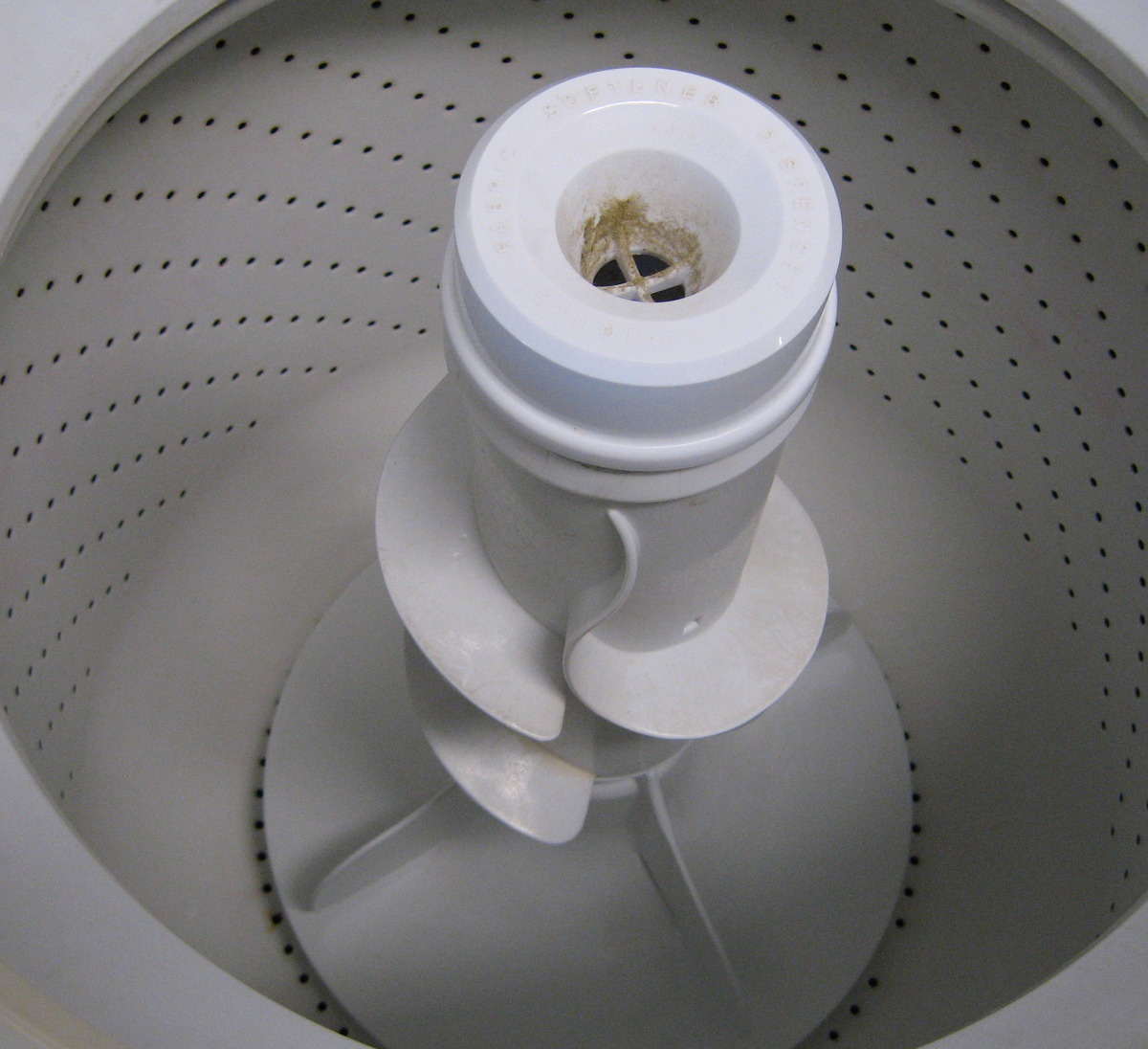
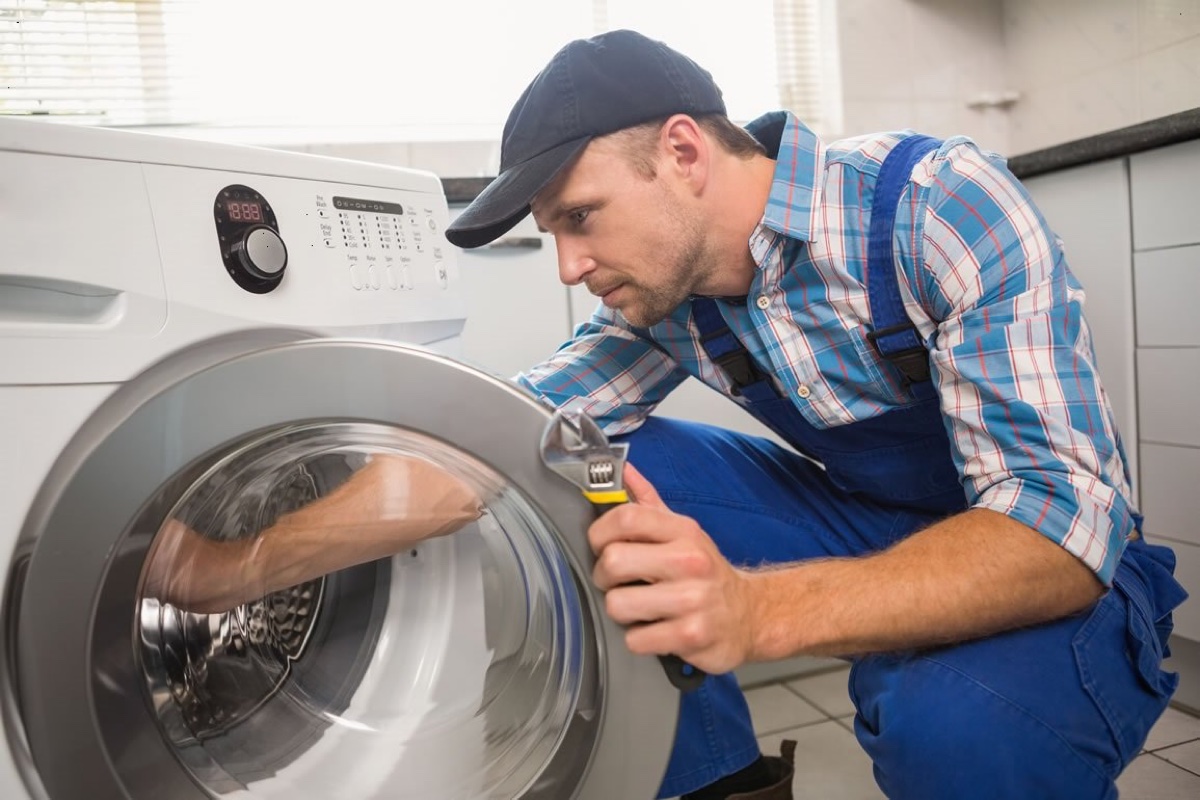
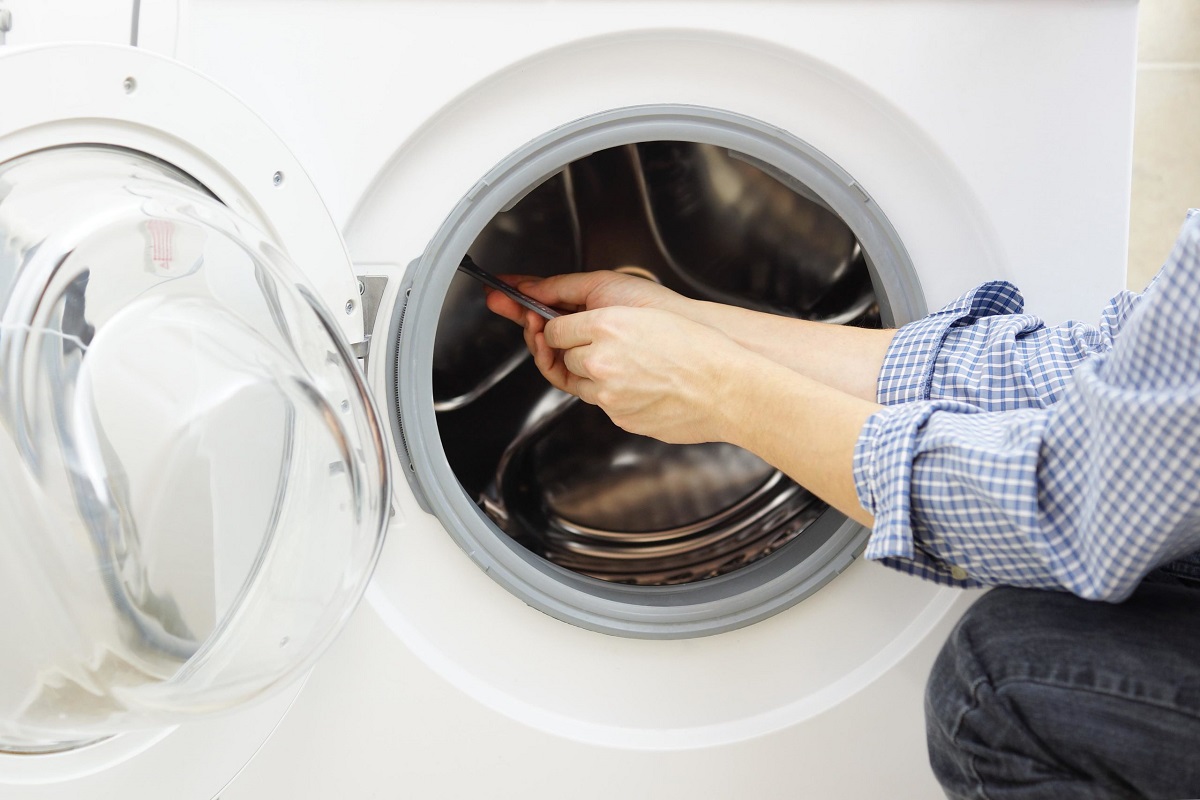
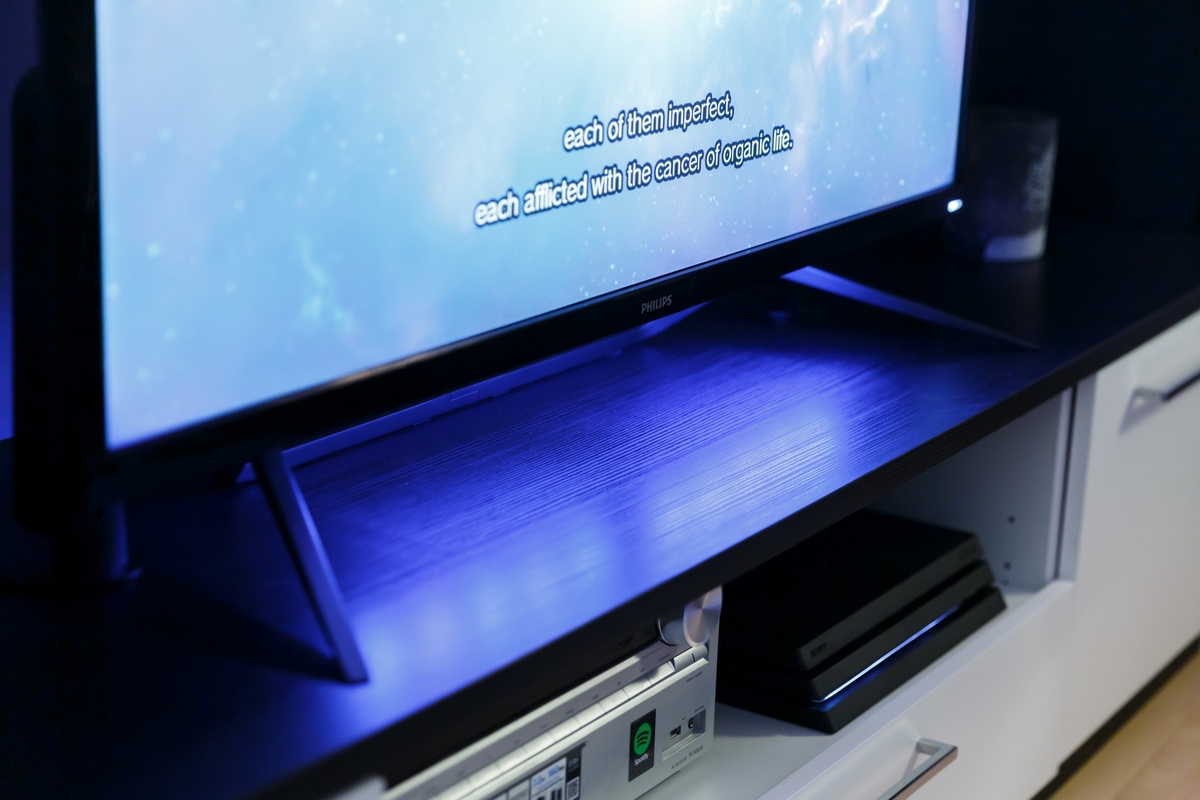
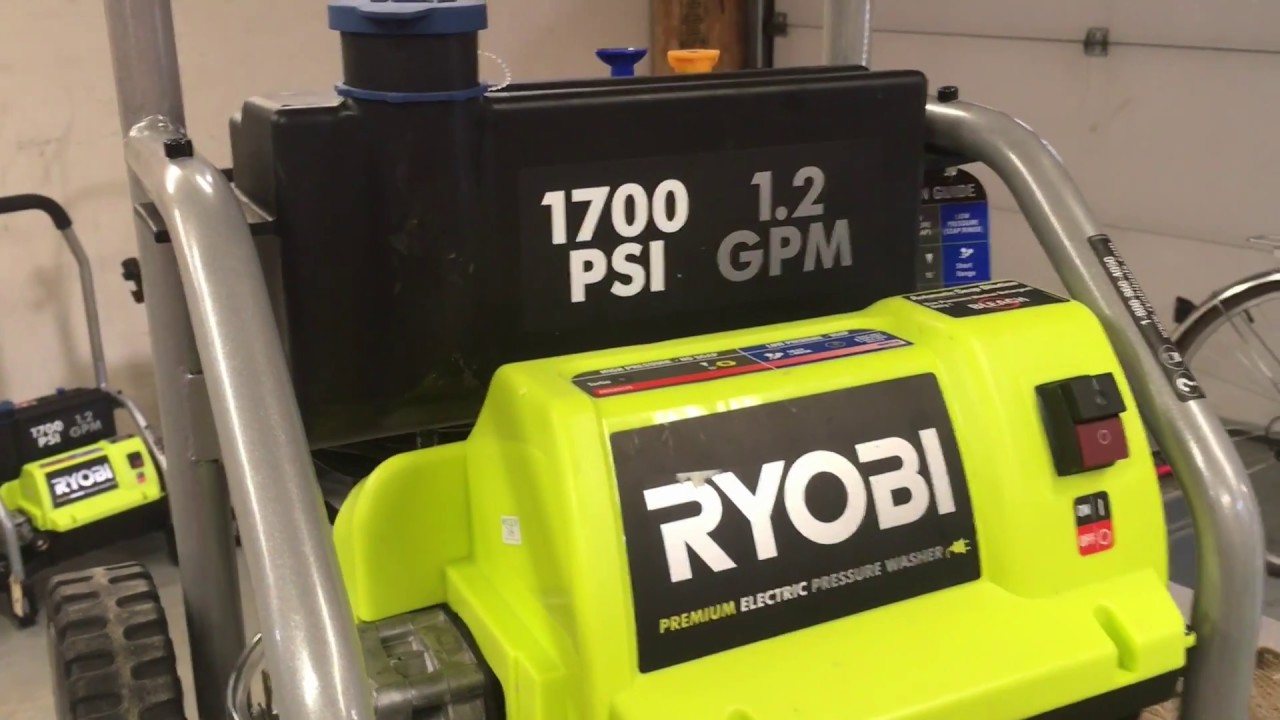
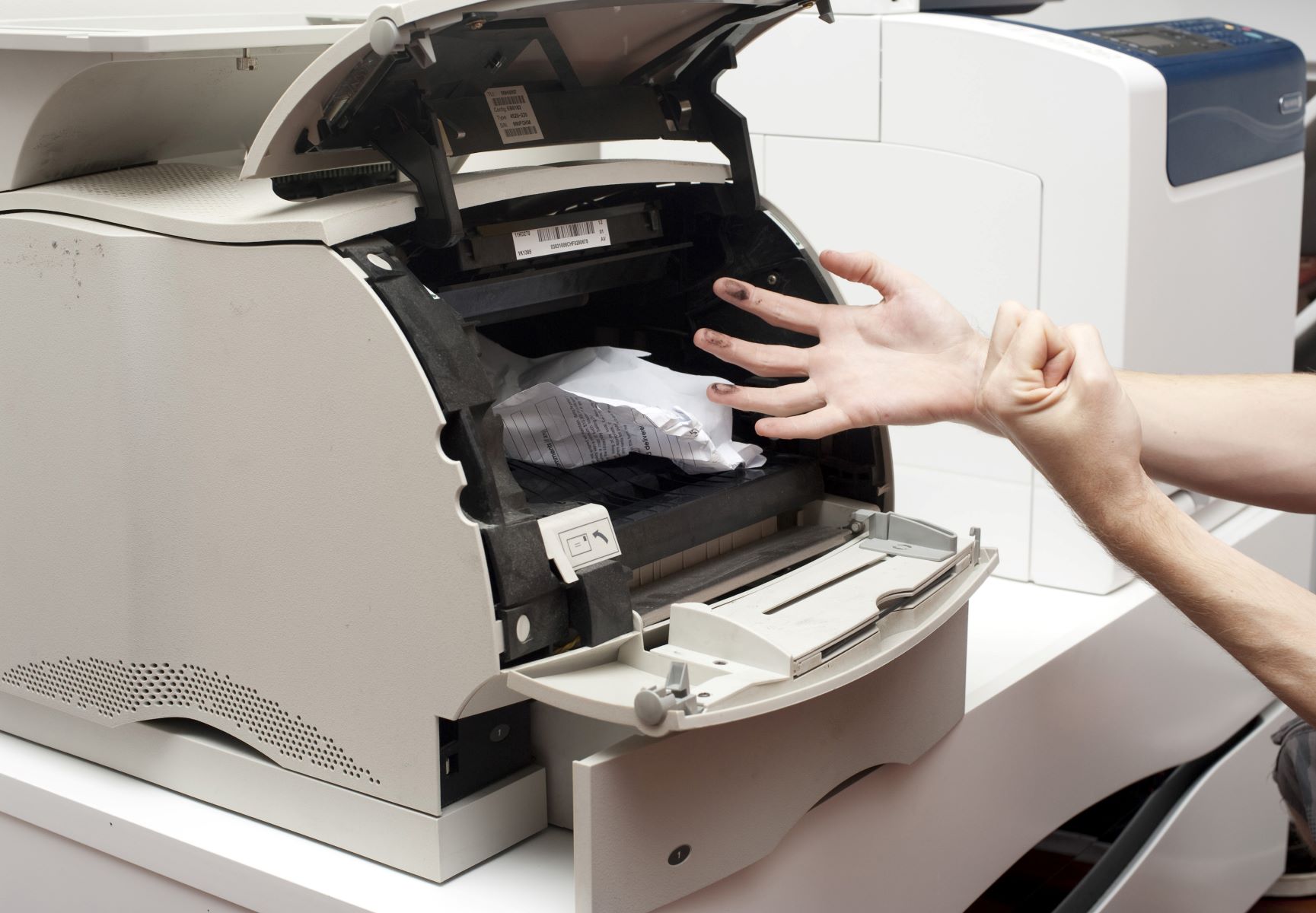
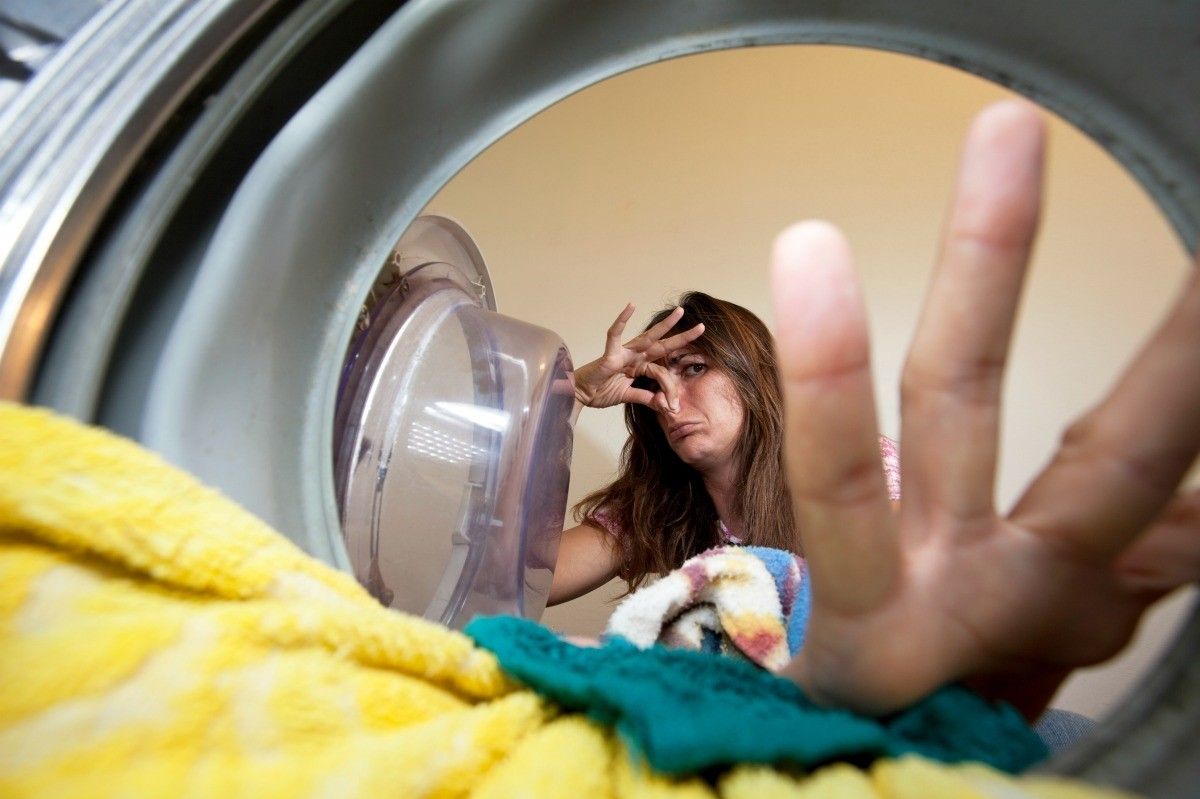



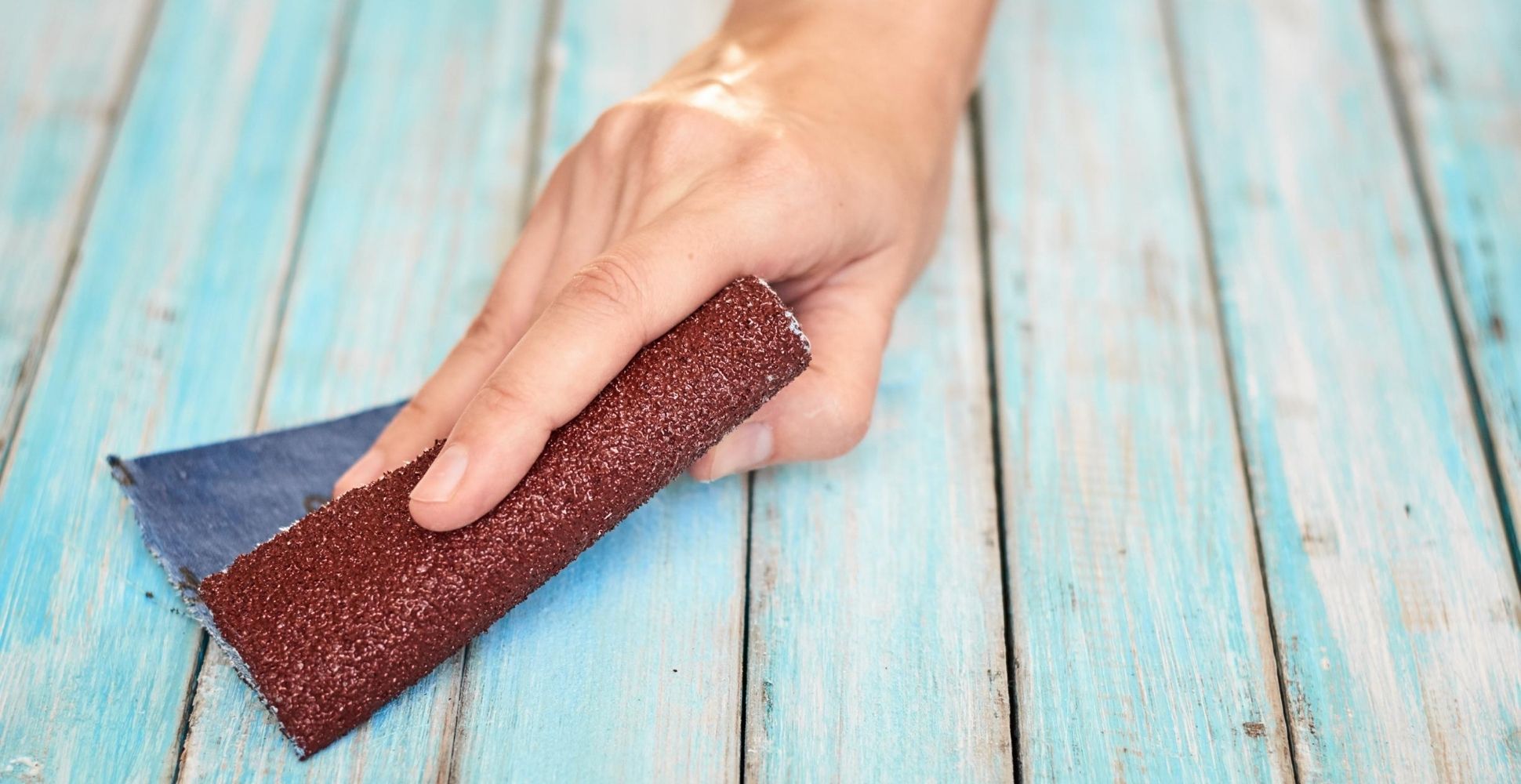


0 thoughts on “Why Does My Washer Keep Stopping”